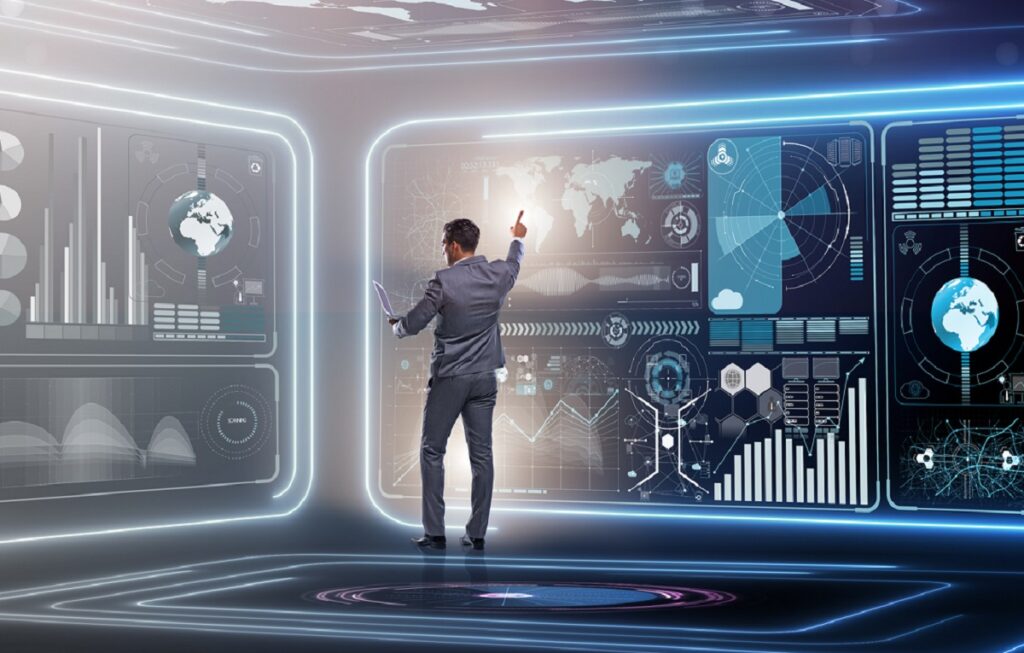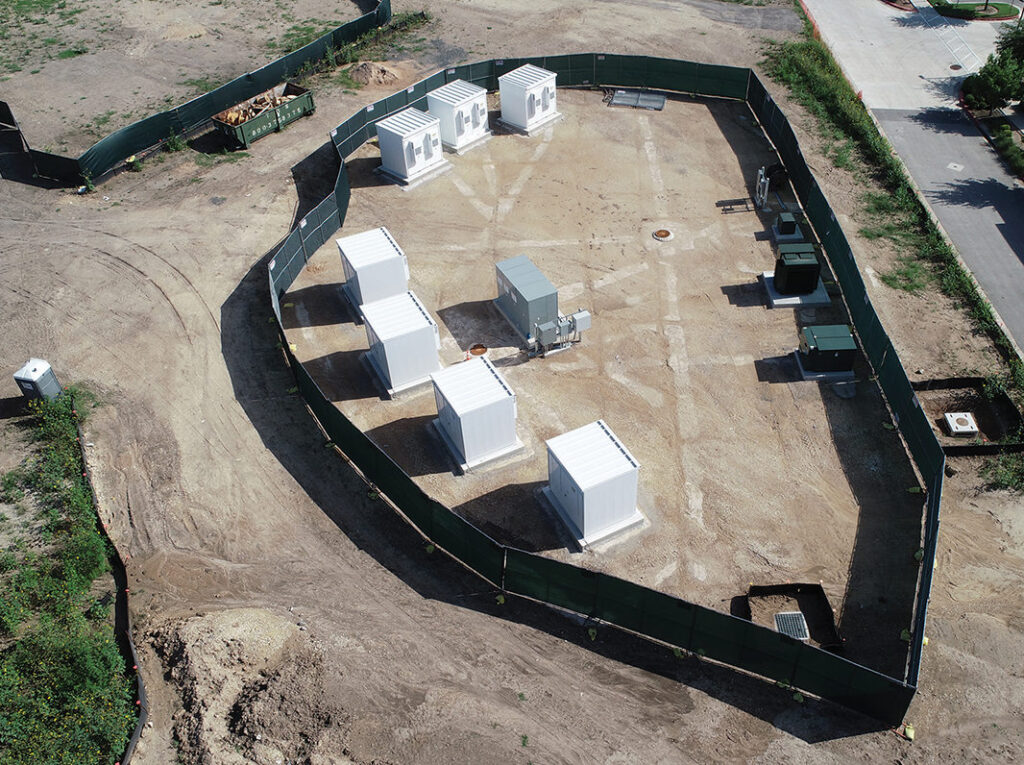Turning Behind-the-Meter DERs into Grid Assets: Opportunities, Challenges and Principles for Success

Due to advances in technology, the Distributed Energy Resource (DER) landscape is rapidly evolving in terms of price, performance and resulting adoption. Adoption is growing exponentially, and utilities are already rethinking the ways they procure power and operate the grid to prepare for continued rapid industry growth.
Electric vehicle (EV) growth brings opportunities and challenges.
Transportation electrification is a significant revenue opportunity for utilities, with the potential for terawatt hours of additional demand. But along with opportunities related to additional demand are major challenges, such as reduced life expectancy for secondary distribution reformers, long duration overloads and steep rate increases.
On the distribution side, reverse power flow is a risk in systems not built to handle high DER adoption; they were built based on distribution planning assumptions from several decades ago. In addition to the ways DERs interact with the distribution grid, DER adoption impacts the utility-customer relationship with more dynamic rates that reflect real-time pricing, rapidly changing customer expectations, cybersecurity concerns and higher frequency of control.
Five core principles for successful DER management.
- Solution architecture matters in terms of total system latency and interoperability. Certain grid services such as voltage and frequency regulation require total system latency—the time between the originating signal and the control—to be in the sub-second to sub-minute range.
- Supporting customer choice—by making it easy for customers to onboard, connect and manage their own devices—is important to overall customer satisfaction and retention.
- Security and high availability, cyber threats and the impact of hacking are significant concerns for any business, but especially for utilities.
- Over the long term, managed EV charging will need to merge with the legacy set of demand-response programs in order to become one large resource pool. Utilities should plan ahead to ensure a smooth and painless a convergence process.
- Automation that leverages artificial intelligence (AI) and machine learning is a must.
When applying machine learning, AI and automation to the DER management space, most work will fall under artificial narrow intelligence.
There are three categories of AI: artificial super intelligence (ASI), artificial general intelligence (AGI) and artificial narrow intelligence (ANI). Futuristic and highly theoretical, ASI often is conceptualized in movies. In AGI, a collection of sensors can learn limited contextual situations and mimic reasoning in order to solve a problem; military drones are one example. ANI is based on expert systems that have clear rules and logic, with distinct, narrow boundaries around the environments and tasks to which ANI is applied.
Guardrails are being developed for AI risk management.
At the federal level, the National Institute of Standards and Technology (NIST) has developed a risk-management framework for AI. These guardrails are intended to protect stakeholders from the worst unintended consequences of AI. The development of these guardrails is an ongoing and growing effort, both nationally and internationally.
Itron focuses on six themes in its approach to DER management.
- Embrace open standards. Itron is heavily invested in open standards to support customer choice and a “Bring Your Own Device” principle.
- Security first. Itron develops its modules around North American Electric Reliability Corp. (NERC) critical infrastructure compliance (CIP). Itron designs solutions for NERC CIP compliance from the ground up.
- Flexible connectivity. Itron meets customers where they are—whether that means leveraging customer Wi-Fi or going direct cellular, with the goal of moving customers to AMI network connectivity over the long term to ensure security and availability.
- Itron is invested in and committed to distributed intelligence. Itron was the first company to bring to market smart meters with their own onboard Linux processors and sensors that enable high-frequency sensing at the edge. In addition, onboard processing apps can be written by third parties and downloaded over the air to Itron meters. In the DER management space, Itron is developing solutions to provide connectivity via the meter directly and via apps that help perform real-time DER management.
- Multiple approaches to advanced distribution management system (ADMS) integration. Itron offers a DI app that mimics a distributed network protocol (DNP3) endpoint as an option to bring DERs into ADMS systems without going through complicated custom back-office integration.
- Auditable ANI that allows for user intervention. Itron creates implementations of AI where all methods are transparent and auditable to accommodate phase gates as needed.
We are living in fast-paced, exciting times that pose many challenges and opportunities. The time for planning is now. Learn more: www.itron.com/DER.





